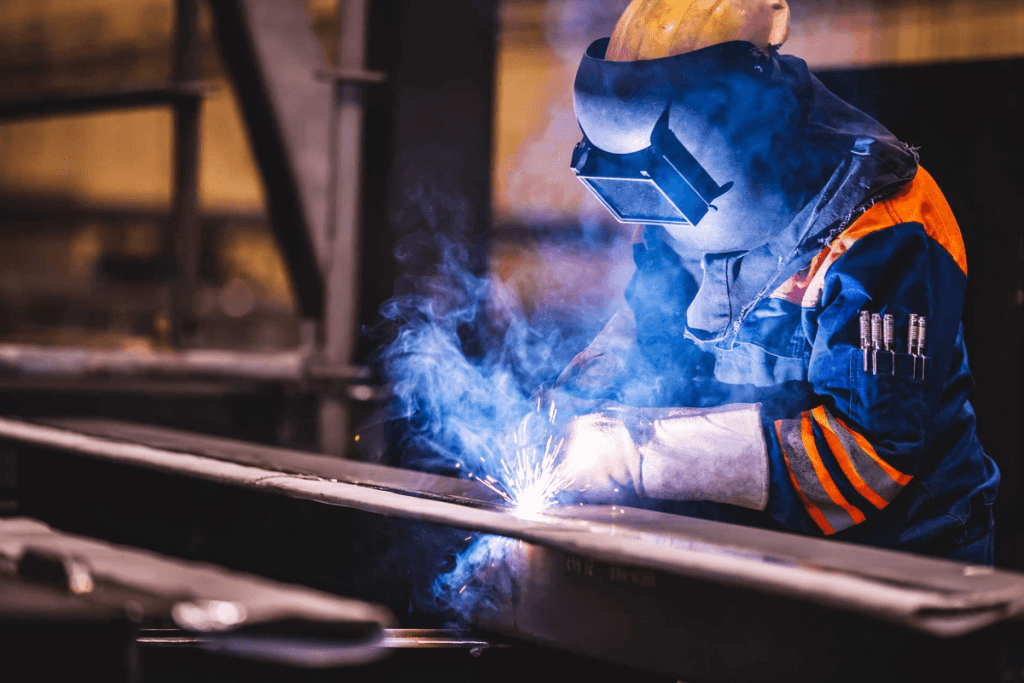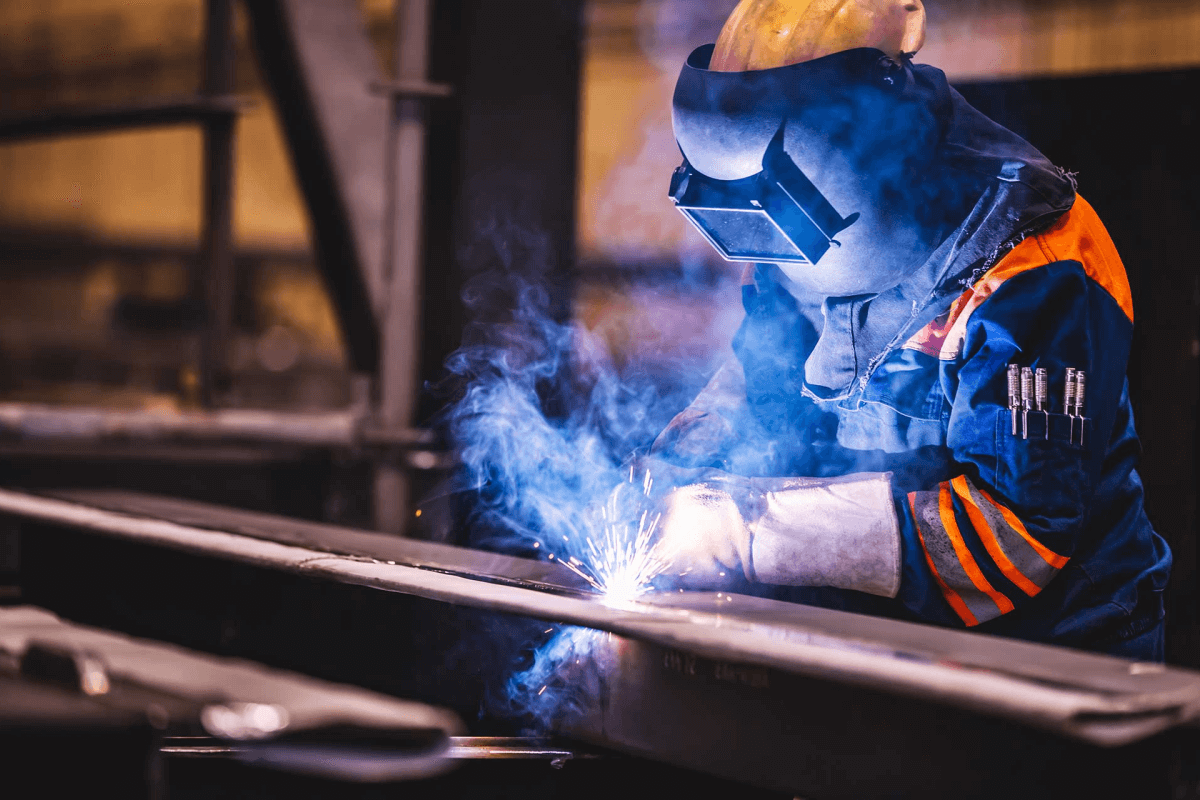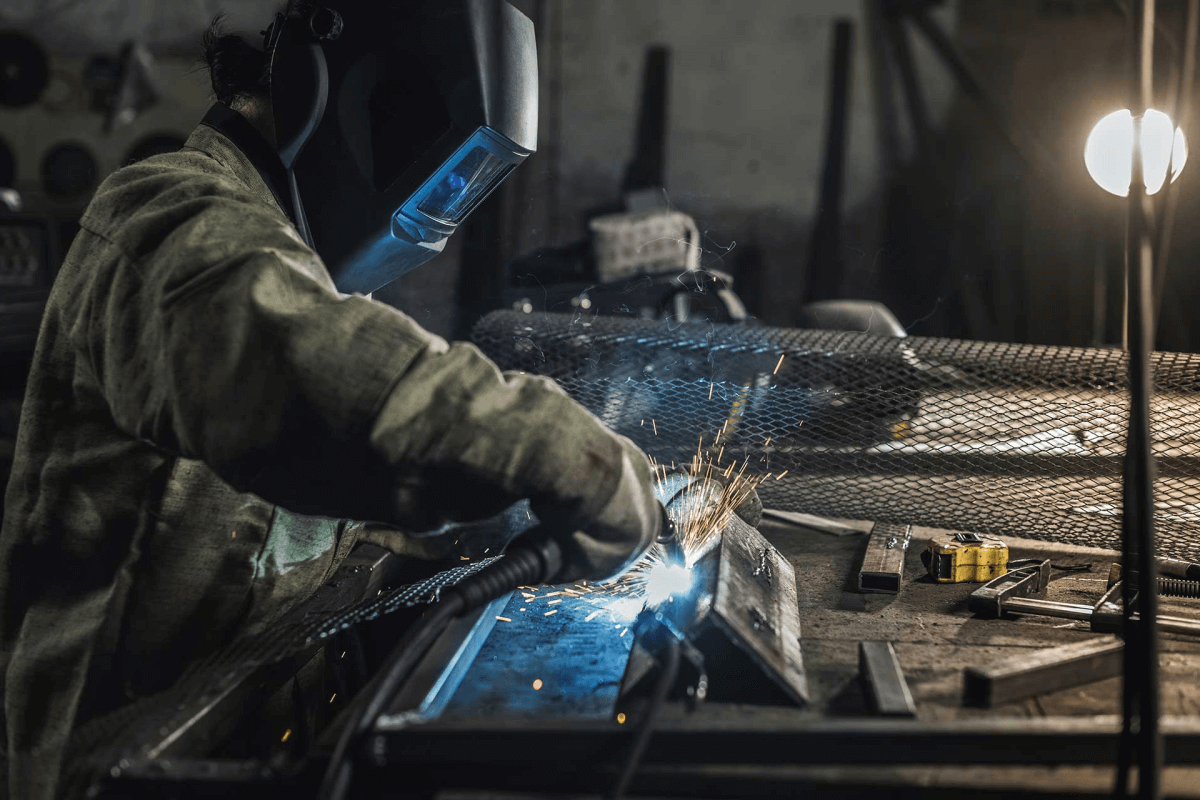Metal structures, from bridges and buildings to industrial equipment, play a vital role in our modern world. To ensure their continued performance and safety, proper maintenance is essential. This comprehensive guide will provide you with valuable tips and recommendations for maintaining the integrity of your metal structures.
Understanding the Importance of Maintenance
Regular maintenance is crucial for several reasons:
- Prolonged Lifespan: Proper maintenance can significantly extend the lifespan of metal structures, saving you money in the long run.
- Safety: Neglecting maintenance can lead to structural failures, posing serious safety risks.
- Performance: Well-maintained structures perform better and more efficiently.
- Aesthetics: Regular maintenance helps preserve the appearance and value of your metal structures.
Key Maintenance Tasks
- Regular Inspections:
- Visual Inspections: Conduct regular visual inspections to identify signs of wear, damage, or corrosion.
- Structural Integrity: Check for cracks, bends, or other structural defects.
- Corrosion: Look for rust, pitting, or other signs of corrosion.
- Fasteners: Ensure that all bolts, screws, and rivets are tight and secure.
- Paint and Coatings: Inspect the condition of paint and protective coatings.
- Cleaning and Maintenance:
- Cleaning: Remove dirt, debris, and contaminants from the metal surfaces. Use appropriate cleaning agents and avoid abrasive materials.
- Painting: Repaint damaged or faded areas to protect the metal from corrosion and enhance its appearance.
- Lubrication: Lubricate moving parts, such as hinges and joints, to prevent rust and ensure smooth operation.
- Corrosion Prevention:
- Protective Coatings: Apply protective coatings, such as paints, sealants, or galvanizing, to prevent corrosion.
- Cathodic Protection: Consider using cathodic protection systems to protect metal structures from corrosion in aggressive environments.
- Environmental Factors: Minimize exposure to corrosive substances and harsh weather conditions.
- Structural Repairs:
- Prompt Repairs: Address any structural damage promptly to prevent further deterioration.
- Professional Assistance: Consult with structural engineers for major repairs or modifications.
- Environmental Factors:
- Weather: Consider the impact of weather conditions, such as temperature extremes, humidity, and precipitation.
- Exposure: Assess the exposure of the structure to corrosive elements, such as salt, chemicals, or pollutants.
Specific Maintenance Tips for Different Types of Metal Structures
- Bridges: Inspect for cracks, loose bolts, and corrosion in the structural members, cables, and bearings.
- Buildings: Check the roof, walls, and foundation for signs of damage, leaks, or structural instability.
- Industrial Equipment: Follow manufacturer’s recommendations for regular maintenance, including lubrication, inspections, and component replacement.
- Outdoor Sculptures and Monuments: Protect against weathering, vandalism, and graffiti.
Professional Maintenance Services
For complex structures or specialized maintenance tasks, consider hiring professional maintenance services. They have the expertise and equipment to ensure thorough inspections and effective repairs.
Creating a Maintenance Schedule
To ensure consistent and effective maintenance, develop a comprehensive maintenance schedule. This should include:
- Frequency of Inspections: Determine the appropriate frequency based on the structure’s age, condition, and environment.
- Tasks: List the specific maintenance tasks to be performed during each inspection.
- Documentation: Maintain records of inspections, repairs, and maintenance activities.
Additional Tips
- Regular Training: Educate your maintenance staff on proper inspection and maintenance techniques.
- Emergency Preparedness: Have a plan in place to address emergencies, such as structural failures or natural disasters.
- Budgeting: Allocate funds for maintenance and repairs to ensure that your structures are well-maintained.
By following these maintenance tips and investing in regular inspections and repairs, you can significantly extend the lifespan of your metal structures, ensuring their safety, performance, and aesthetic appeal for years to come.



